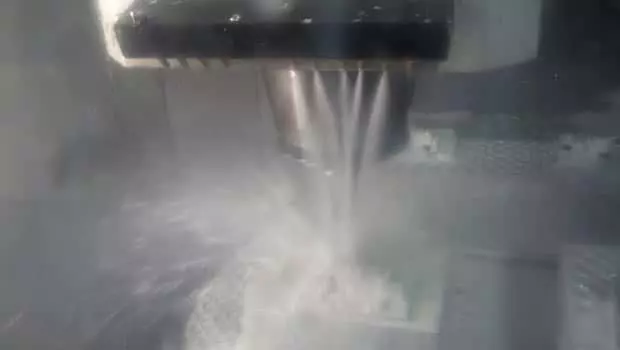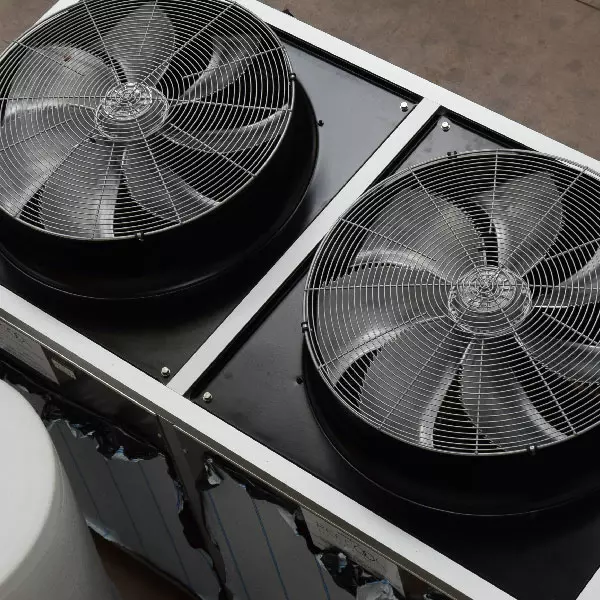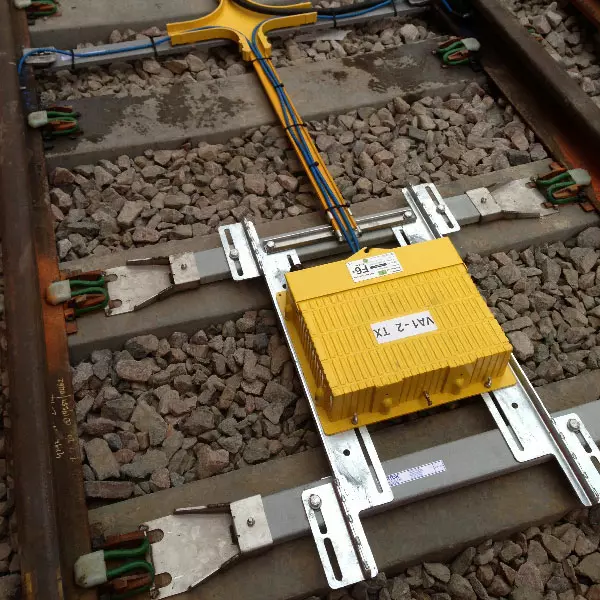MRP for Engineering/Metals Manufacturers

When one thinks of engineering in terms of manufacturing, it is often thought of as a 'default' manufacturing type, however the sector has some unique requirements. Here we explore some of the common problems that manufacturers experience, how MRP solves them and what additional benefits it can provide.
Why do engineering manufacturers need MRP software?
Engineering, specifically when working with metal manufacturing processes such as milling, turning or sheet metal fabrication, can often require complex bill of materials (BOM), assembly management and revision control. For example, if a product is constantly revised and a customer needs a spare part for an older revision, you need visibility of the materials required, manufacturing methods, linked CAD drawings etc., for the revision in question.
Keeping track of other items such as setup times on the routing is also a requirement to ensure accurate pricing and lead times. Parts can often look similar, so being able to correctly label and identify components is critical.
Raw materials such as zinc or other metals can often see drastic price fluctuations. If you need to maintain price lists with quantity breaks, then this can be extremely time-consuming.
Many engineering companies offer 'job shop' subcontract manufacturing services, so the ability to quickly quote an accurate price and lead time is paramount. However, if you don't have tight control of your purchasing and suppliers, stock, or visibility of work in progress then this becomes near impossible.
Case Study: A die castings manufacturer performing large runs of small components integrated their weigh scales into 123Insight using its SDK (Software Development Kit). A bar code of the works order is scanned, the required quantity is displayed, and the user simply pours in the number of components to match the works order quantity.

Metals manufacturing often requires large numbers of tools, such as for punching, bending etc., and their usability and calibration also need to be tracked. With a paper-based system this can be cumbersome and prone to error, with staff using worn or incorrect tools and calibration data not always stored.
Businesses often start with an accounting system and then upgrade it to include MRP functionality, but often this does not meet all the above needs. In accountancy-focussed systems, manufacturing can often be the poor relation and lack functionality that many production managers would expect as standard. Running the MRP process on many systems can be slow and also require exclusive access to the system, preventing staff from working in the process.
Many of these issues singularly can cause errors, delays, inaccuracies and an overall lack of visibility. Combine them and you end up with a company that becomes more inefficient as it grows.
How can MRP help quality for engineering manufacturers?
Most engineering companies will need to adhere to at least one quality accreditation. ISO9001 is common, while the environmental ISO14001 and AS9100 are also prevalent. Companies manufacturing for organisations such as NATO for the defence and nuclear industries may need the ability to set 'break points' during manufacturing, allowing third party inspection to take place before the next manufacturing step takes place. Failure to adhere to this results in the parts being scrapped.
In addition to streamlining purchasing, stock control and production a good MRP system will provide you with the all-important traceability. 123Insight allows you to quickly identify where materials came from, who worked on the product, what was done and any relevant test results. Audits can be performed in a fraction of the time, often without the auditor leaving their desk.
Case study: A precision engineering company replaced an in-house system with 123Insight in just one week. The company was able to double turnover with the same admins staff, with the creation of purchase orders dropping from 2 hours to 2 minutes. They also used EDI with a customer that also used 123Insight, with 100% accuracy of the data exchanged.

The implementation process.
Regardless of whether you are coming from an existing MRP system or migrating from Excel or databases, you may want to re-evaluate your current business or manufacturing processes when implementing them into your new MRP system. It therefore makes sense to create one system (which will ultimately be your 'live' system), set up the most basic elements and then replicate this on a test system. Once each process is implemented and approved on the test system they can be replicated on the live system.
An implementation plan that acts as a guide will keep everyone focussed on their tasks, as well as giving them visibility on the project as a whole. Prioritise and group tasks where you can so that the implementation process can be broken down into phases where each step can then be tested. Place milestones and deadlines against each one. It is then easy to distil this information down from the overall implementation plan, so that everyone has clarity over what they have to do individually.
These are some common column headers that companies would use:
- Department (e.g., Sales, Purchasing, Accounts, Production, Stores, Despatch, etc.)
- Task title (usually 3-4 words)
- Expected days for completion (could be whole days or hours)
- Is the task critical to the project or milestone? (Yes/No)
- Deadline date for the task to be completed by
- Allocated staff member (usually a department head)
- Percentage completed.
- Days left (calculated from estimated number of days minus percentage completed)
Let's focus on the common benefits after implementing MRP first. Stock can often see significant reductions, with more of the right items available. Errors are reduced and rolling stock checks keep a constant eye on levels. As a result, lead times can also fall - the right stock is available, staff have clear visibility of what's in production and what's planned, and new processes are in place to ensure that production runs smoothly.
Case study: A company manufacturing refrigeration units replaced their Excel spreadsheets and paper with 123Insight and were able to increase turnover by 240% with the same number of admin staff, with stock seeing a nominal increase of just 28%. Lead times also became much more accurate as stock was available when required.

Reductions in stock can also equate to more space being available in the stock room and on the shop floor. This can be useful when adding new equipment or allowing more space for social distancing. With a more streamlined routing process products can actually spend less time on the shop floor, reducing the risk of damage, which can be important for products such as metals where an unblemished exterior finish is critical.
123Insight is often described as the backbone of the company due to its easy method of integration with existing system such as CADCAM or nesting software. Companies can apply versioning to BOMs or routings automatically from their CAD system, integrate to weighing systems and store machine monitoring information or test measurements alongside a works order. This can be done using 123Insight's SDK, providing a common gateway that enables external applications to communicate safely with 123Insight. This gives all staff a single reference point for any information, regardless of whether it is native to the system or not.
Sticking with works orders, while these generally contain basic manufacturing and routing information, some companies customise 123Insight's shop floor documentation to provide more detailed instructions on how to perform specific manufacturing tasks. This makes the documents and system much more user-friendly. Often staff are left feeling that the system is driving them rather than the other way around. The ability to link additional documents such as CAD drawings which are then accessible via a double-click can drastically reduce paper usage, ensuring staff always use the right version. 123Mobile allows users to access these drawings on a tablet, reducing the need for staff on the shop floor to travel to a PC to view them. Some companies have removed PCs from the shop floor altogether, freeing up space, accelerating workflow and allowing for greater social distancing.
Tools used on the shop floor can be associated with routings, ensuring that the right tool is always used at the right stage. Their wear and calibration status can also be maintained. Associating barcodes with tools ensures that the process is rapid and without the possibility of error.
In addition to being able to track tools, companies may need to track the capabilities of their staff. 123Insight's skills matrix allows skill attributes to be allocated against staff. When a works order has a routing for CNC cutting or arc welding only staff with the required skill sets will be able to clock on to the job.
Case study: A company manufacturing products for the rail industry selected 123Insight over 17 other systems. Stock was reduced by over £200,000 while output nearly doubled. 123Insight was linked to MS SharePoint and Opera accounts, with CAD and PDM planned.

Summary
Engineering companies have to deal with a mix of issues found in other sectors, but also have their own unique requirements and problems. The right MRP system will not only eradicate these issues but also provide many unexpected benefits, along with those that were anticipated. Companies without MRP will eventually hit a wall, where further growth becomes counterproductive, so the sooner they make the leap, the better.